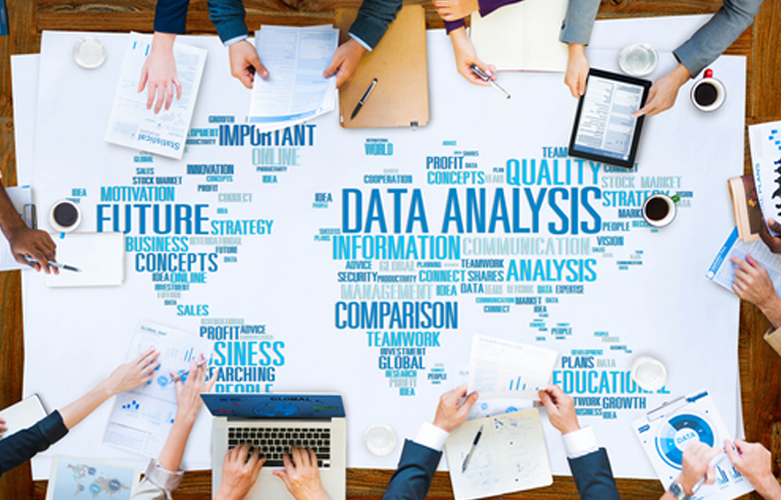People analytics is a data-driven approach towards HR. The role of HR is continuing to shift from the traditional operational function to a strategic business unit. Data provided in people analytics reduces the guesswork for managers. Rather it is used to better understand business operations and guide decisions. HR data is no longer limited to measuring retention and engagement but instead used for a bigger purpose of workforce planning, resourcing, and success metrics.
For people analytics to work effectively, companies must invest in HR technology platforms that offer these analysis. Josh Bersin, Founder of Bersin by Deloitte, further emphasizes that “the days of analyzing payroll, HRMS, and time and attendance data are over. Today we have to look at employee engagement survey data, email history data, employee badge, and sociometric data”. In conjunction, HR leaders must recruit team members who are capable of not just gathering the data but analyzing them. Mark Berry, a 2015 SHRM Trendsetter, claims that “the best organizations have strong data scientists and evidence-obsessed HR leaders who can help the scientists interpret and communicate the outcomes, and design compelling interventions based on the findings”.
According to a Deloitte 2016 study, there are three factors leading to advancement of people analytics. As companies adopt more integrated cloud-based HR programs, HR leaders are able to access their data in an integrated fashion for the first time. Secondly, people with analytics backgrounds are entering the field of HR. And finally, the vendor market is exploding and are offering analytics services that provide measurable solutions to their clients.
People analytics is here to stay and as HR leaders, it’s time to embrace it!

